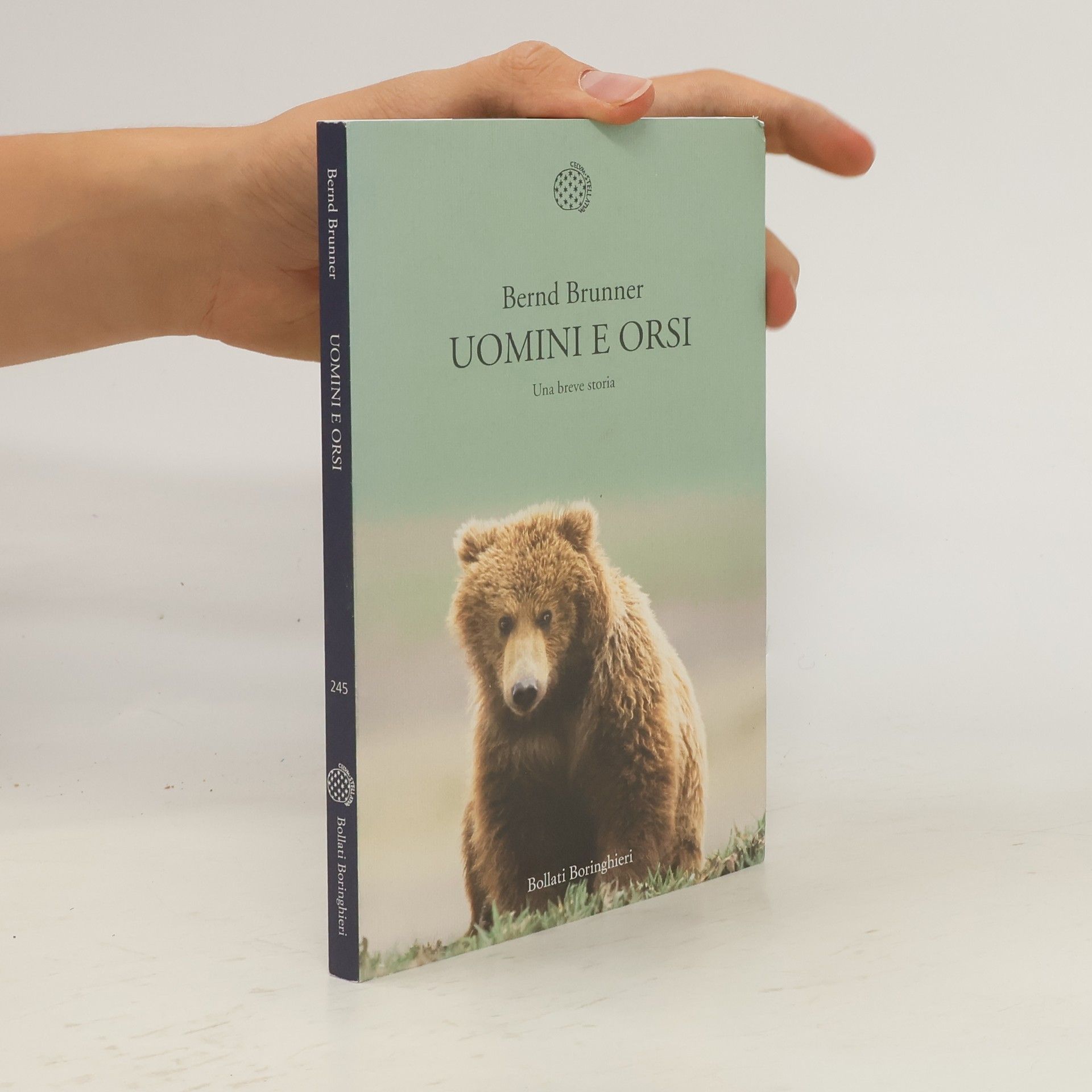Ciascuno di noi trascorre un terzo della vita in posizione orizzontale: ideale, più di ogni altra, per pensare, sognare e amare. Eppure, lo stare sdraiati non gode ovunque di buona fama ed è scambiato per immobilismo, passività, pigrizia. Quando, invece, la vita orizzontale è di valore inestimabile e offre momenti di contemplazione da cui spesso scaturiscono le idee migliori. Per esempio, Michelangelo ne traeva grande piacere e non avrebbe forse avuto l’idea, altrimenti, di affrescare il soffitto della Cappella Sistina, creando uno dei massimi capolavori dell’umanità. Bernd Brunner innalza il suo inno allo stare sdraiati scavando a fondo nella storia della cultura, da cui estrae molte storie divertenti. Tratta della posizione orizzontale in modi diversi, ma tenendo lo sguardo sempre rivolto a quanto è bizzarro e stravagante. Che racconti di come si stava sdraiati nell’età della pietra, dell’evoluzione del materasso o degli ultimissimi esiti della ricerca sul sonno, il suo libro distende e insieme ridesta: curiosità e piacere.
Bernd Brunner Libri
Bernd Brunner è uno studioso indipendente specializzato nella saggistica. Il suo lavoro approfondisce il fascino dell'umanità per il mondo naturale e i nostri tentativi di preservarlo e rimodellarlo. Brunner scrive con una profonda comprensione dei suoi soggetti, offrendo una prosa avvincente e informativa. I suoi scritti invitano alla contemplazione sul nostro rapporto con la natura e sul nostro posto in essa.






Birdmania
- 292pagine
- 11 ore di lettura
A window on the world of birders--obsessive, passionate, quirky, and always interesting.
Taming Fruit
- 304pagine
- 11 ore di lettura
"Humans have always had a special appreciation for fruit that grows on trees. Could it be because orchard fruits grow closer to heaven than other plant products do as some poets have suggested? Or could it be because the places where these fruits grow are alive with light and shadow and redolent of sweet scents, offering us sanctuaries where we can retreat from the cares of daily life? Where did the fruits we grow in orchards come from and how did they develop? Bernd Brunner set out to discover how the search for desirable fruit has shaped us, and how we have shaped fruit by selecting those that appeal most to our senses of taste and delight. The result is a readable, lavishly illustrated book about orchards as places that for millennia have stimulated human creativity and that have provided sustenance for both the body and the soul. It is the first book to explore the history of orchards in such depth."-- Provided by publisher
Moon
- 304pagine
- 11 ore di lettura
A cultural examination of Earth's moon, through history, science, and literature, from ancient times onwards.
The ocean at home
- 144pagine
- 6 ore di lettura
The mysterious world beneath the ocean's surface has captivated man for centuriesthe Egyptians, Greeks, Romans, and ancient Chinese all kept fish in their homes for purposes other than the culinary. But it was not until the nineteenth-century invention of the aquarium that the deep was trulydomesticated, offering the curiously inclined a chance to invent their very own exotic sea world within their own walls. In this fascinating history of the aquarium, Bernd Brunner traces the development of this most wonderful invention, giving insight into the cultural and social circumstances that accompanied its swift rise in popularity. Brunner tells a compelling story of obsession, beauty, discovery, and delight, from the aquarium's humble origins as a tool for scientific observation to the Victorian era's elaborately decorated containers of oceanic curiosity, to the great public aquaria of the twentieth century.
Bears
- 272pagine
- 10 ore di lettura
This engaging book examines the shared history of people and bears. Hopscotching through history, literature, and science, Bernd Brunner presents a rich compendium of the interactions between the two species and explores how bears have become central figures in our inventory of myths and dreams. He reveals the remarkable extent to which human feelings about bears have been—and still are—mixed. People have venerated, killed, caressed, tortured, nurtured, eaten, worshipped, and despised bears. Interestingly, the varied dealings of humans with bears raise the same question over and again: do our images of bears have much in common with the animal as it really is?The book uncovers new and little-known stories and facts about bears in European, North American, Japanese, Russian, and South and Southeast Asian cultures. Taken together, these perspectives show us new things about the animals we thought we knew so well. Quirky and bizarre anecdotes, scientific information on bears threatened with extinction in some areas, a discussion of the phenomenon of “bearanoia,” and more than one hundred historical illustrations contribute to this unique account of the shared history between bears and humans and the continuing presence of bears in our personal and collective dreams.
Winterlust
- 224pagine
- 8 ore di lettura
A sweeping, beautiful survey of all things winter, from ancient traditions to modern pastimes, and the creatures and people who endure winter's harshest expression. In Winterlust, a farmer painstakingly photographs five thousand snowflakes, each one dramatically different from the next. Indigenous peoples thrive on frozen terrain, where famous explorers perish. Icicles reach deep underwater, then explode. Rooms warmed by crackling fires fill with scents of cinnamon, cloves, and pine. Skis carve into powdery slopes, and iceboats traverse glacial lakes. This lovingly illustrated meditation on winter entwines the spectacular with the everyday, expertly capturing the essence of a beloved yet dangerous season, which is all the more precious in an era of climate change.
Inventing the Christmas tree
- 99pagine
- 4 ore di lettura
Explores the roots of the Christmas tree tradition, tracing customs from the Middle Ages to the present day to reveal how it first became part of mainstream American culture and has since become popular worldwide.
An entertaining and informative voyage through cultural fantasies of the North, from sea monsters and a mountain-sized magnet to racist mythmaking